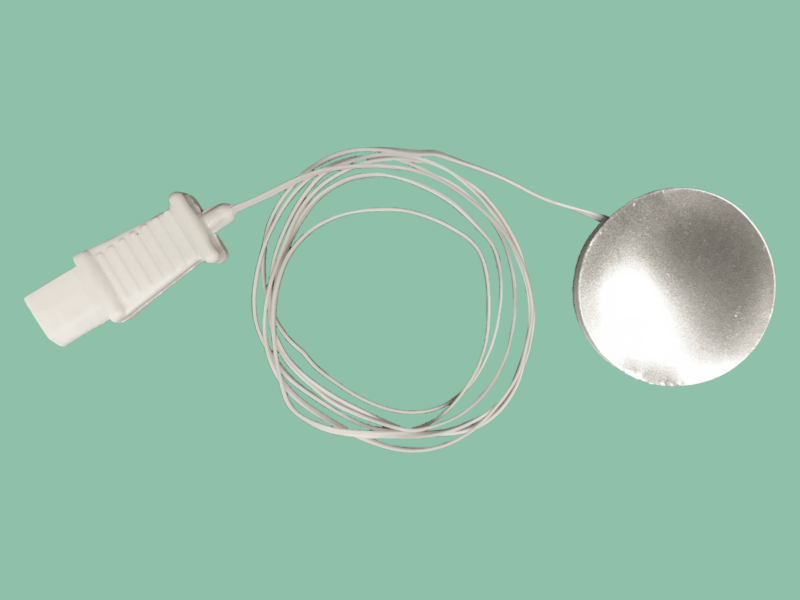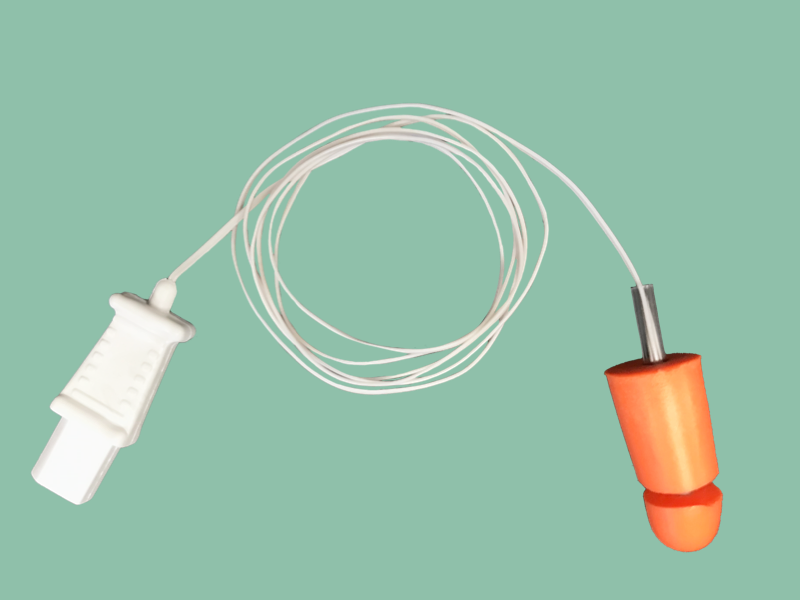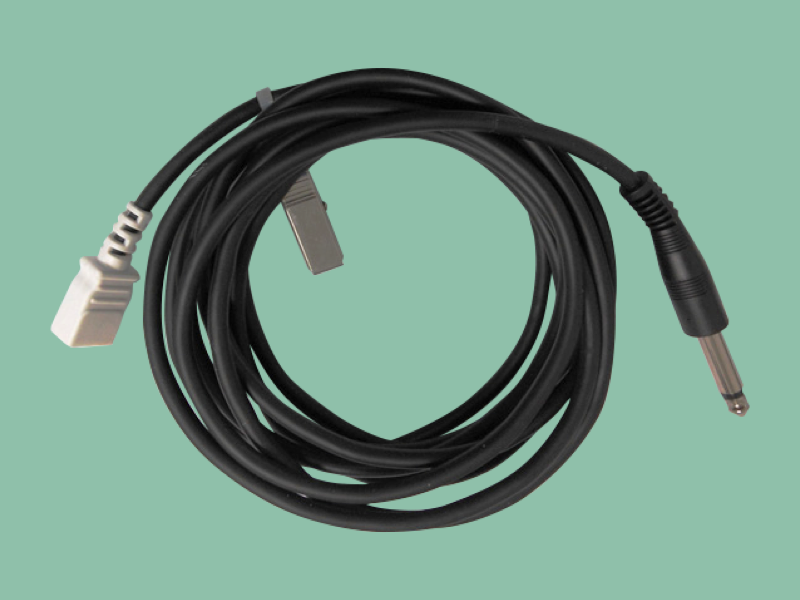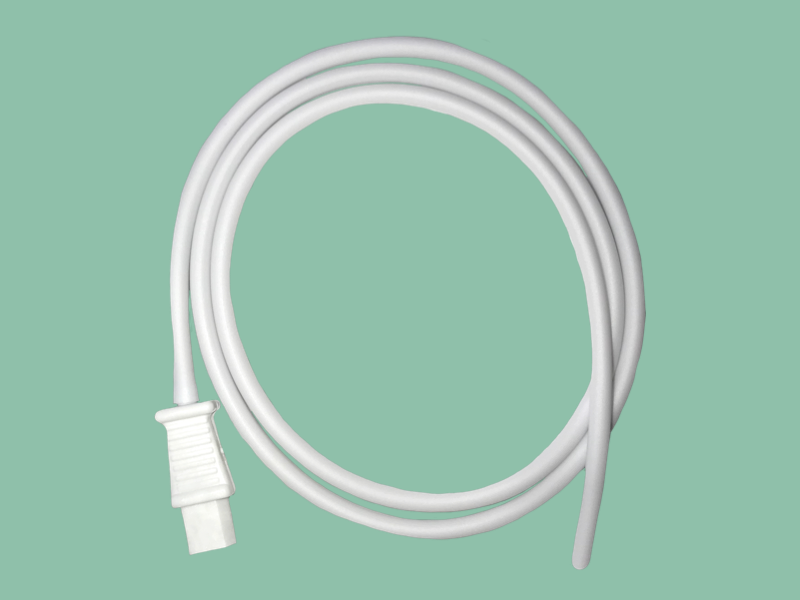“Stay at least 6 feet away from others” seems to be the national anthem right now. I hear it again and again at the grocery store, the office, the bank. Officials are urging everyone to socially distance whenever possible, but the problem is that it isn’t always possible.
I have been to the doctors a few times myself during quarantine, and each time I go, one of the PAs stands 2 feet in front of my face and takes my temperature from my forehead. Then I get carted off to a different room where I meet with my doctor. Close contact is unavoidable with my doctor, but it is completely avoidable with the PAs at the office. The same issue is avoidable across hospitals as well, especially in COVID-19 pre-triage.
Rather than using a hand held intermittent monitor that requires close proximity to the patient and increases contamination risk, why not use a disposable skin temperature sensor or tympanic temperature sensor? Not only do disposable temperature probes help with socially distancing, but they can help reduce PPE use and reduce contamination risk.
These sensors are highly accurate and provide 3 feet of lead wire that is attached to a 10-foot cable, so the patient’s temperature can be safely read from across the room. But how does this work? Does the patient take their own temperature? In a way, yes.
In the hospital, pre-triage will need to be equipped with a portable patient monitor that has a temperature channel and 10-foot interconnect cable. One end of the cable goes in the monitor, and the other end of the cable will be 10 feet away from the nurse. While the patient is waiting, they can grab a sterile, disposable temperature probe package and either place it in their ear or stick it under their arm.
As the patient waits for their turn, the tympanic or skin temperature sensor will have the chance to equilibrate to body temperature. When their turn is up, they can connect the end of their 3-foot probe wire to the receptacle on the other end of the 10-foot cable.
The patients would be provided with gloves or hand sanitizer to use before and after connecting their probe to the cable to reduce the risk of contamination. After they are connected to the monitor, the nurse can monitor their temperature and ask assessment questions from a safe distance. This is safer for the clinician and the patient.
Because the clinician can complete pre-triage from a safe distance, they do not need to change PPE between each patient. This saves time, money, and precious hospital resources.
This same principle can also be applied to pulse oximetry with 10-foot cables. We learned this strategy from our healthcare counterparts in South Korea and it works. Although South Korea was hit hard by COVID-19 right in the beginning, they immediately took measures like distanced assessment in pre-triage.
Disposable temperature probes and long connecting cables aren’t just useful for socially distancing in pre-tirage, the setup is also useful in the ICU. Clinicians can use continuous patient monitoring for checking temperature and other vital signs rather than intermittent checks. They can read the monitor screen from the nurse’s station, away from the patient.
Monitoring patient temperature in the ICU continuously rather than intermittently means that there is less patient/clinician contact. The clinician doesn’t need to change PPE every time they check temperature because they don’t have to enter the patient’s room.
Using a continuous electronic temperature probe and plugging it into a multi-parameter patient monitor gives more accurate readings and it reduces patient contact intervals. This is safer for the patient because it is more accurate and safer for the clinician because of less direct contamination.
Skin temperature sensors, tympanic temperature sensors, and general purpose probes are ideal for continuous temperature monitoring in the ICU and all other rooms equipped with patient monitors.
If not all rooms have patient monitors, transport monitors can be placed in the unequipped rooms. Continuous temperature monitoring can save lives.
Medically social distance and reduce the likelihood of direct contact, reduce the use of PPE, and reduce contamination with disposable temperature probes and 10-foot connecting cables.
Visit www.starboardmedical.com to learn more.











